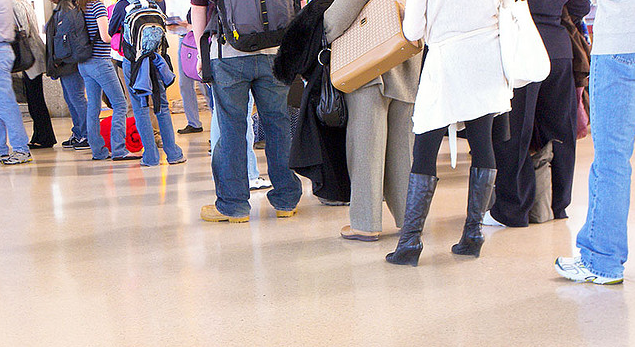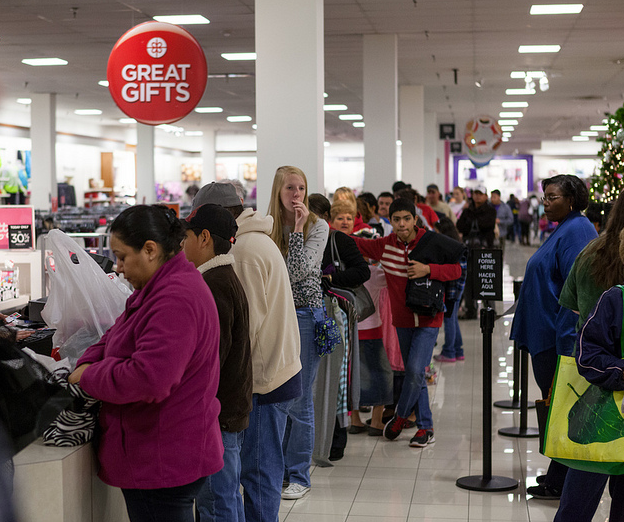1.) Long Lines
This may seem obvious, but when we say “long lines” we mean physical length, not wait time. While wait time is important, studies show that waiting customers will overwhelmingly choose a short, slow line over a fast, long line. Unified queues are the only certain solution for this complaint.
2.) Being Unoccupied
Not only does unoccupied time feel longer than occupied time, but after three minutes, the perceived wait time multiplies with each passing minute. Implement an in-line merchandising setup, keep shoppers occupied with more of your product, and watch your impulse revenue boost as an added benefit.
3.) Feeling Cheated
First come, first served is the golden rule of waiting. It’s part of a larger american psyche, really; one that teaches us if we work hard and patiently wait, we will get what is rightfully ours. This is why, although we truly dislike waiting in line, we still do it, so long as it’s fair. One of the easiest ways to ensure a first come, first served policy is through unified queues. This way, the first shopper to arrive to the queue is the first to be served, without having to choose between different lines.
4.) Uncertainty
Waiting customers like to know how long they can expect to be in line. Use a sign or sign frame to inform them of the average wait time. Manage expectations by overestimating that time. If you beat it, they’ll be happy. If it’s longer than predicted, they’ll be irritated. If the wait lengthens unexpectedly, inform customers of why. Don’t make them wonder.
5.) Rude Staff
Customers often judge their entire experience on the last moments, which inevitably leaves the checkout line. If the wait is long and the cashier is rude, the customer will walk away with a bad taste in their mouth regarding your establishment. Conversely, if the cashier is friendly, fast, and efficient, the customer will walk away with a better overall perception of their experience, no matter the length of their wait.


